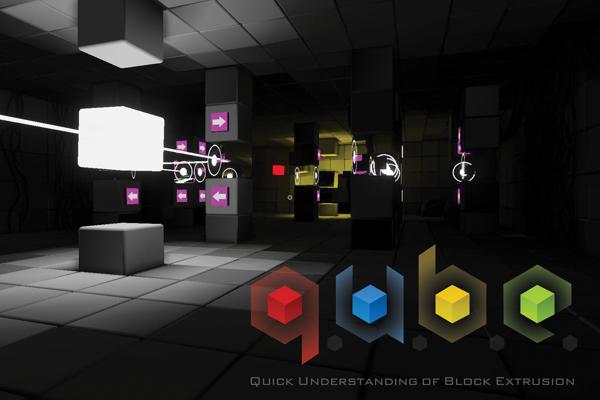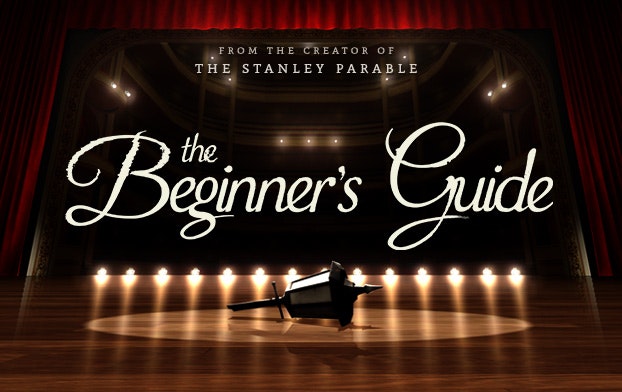Newest Content
Capsule Review: Until Dawn
Read more...
0 CommentsThat Which Is Not Forbidden: The Spectrum of Allowance
When Grand Theft Auto III came out, it introduced a new interaction to the series: players could now solicit prostitutes and then kill them to get their money back.
“To engage with prostitutes in the game, all the player had to do was pull up to certain scantily clad women, who would enter the vehicle in exchange for a sum of money. . . . Disturbingly, players found they could reclaim their cash by simply killing the prostitute with their car after she’d exited."
—Samantha Leichtamer, The 5 Most Shocking Grand Theft Auto Moments
This capability persisted in later games in the series and gave rise to a lot of discussion. Much of the commentary was careful to point out that murdering prostitutes is not required at any point. But of course Grand Theft Auto games are exactly that: games. You don’t have to play them at all. And they’re known as games where a lot of the fun comes from messing around in the sandbox, going on murder sprees that are also thoroughly unrequired. So is there a meaningful distinction to be made here?
I think there is. Merely pointing out that you can do something in a game is incomplete. It treats it as a binary, with the action either allowed or disallowed. But game design is much more subtle than that. There’s a wide range of how allowed an action can be.
Read more...
0 CommentsCapsule Review: Sonic Runners Adventure
Read more...
0 CommentsCapsule Review: Miitomo
Read more...
3 CommentsCapsule Review: Q.U.B.E: Director's Cut
Read more...
0 CommentsFaith in the Possibility of Good: A Close Reading of Q.U.B.E: Director's Cut

Spoiler warning for Q.U.B.E: Director’s Cut and Portal.
The most subversive story I’ve seen lately was in a game that launched without one.
Read more...
3 CommentsCapsule Review: Balloon Kid
Read more...
0 CommentsCapsule Review: Balloon Fight
Read more...
0 CommentsI Wrote This So You'd Know I'm Smart: Games Criticism and The Beginner's Guide

Spoiler warning for The Beginner’s Guide.
The Beginner’s Guide is a short (ninety minutes or so) narrative game by The Stanley Parable creator Davey Wreden. I like it a lot and recommend it to folks interested in how we create and talk about games. If you’re intrigued by the game but haven’t played it yet, you might want to do so before reading further. The game has generated a lot of analysis and discussion - my personal favorite being Ian Danskin’s video essay The Artist is Absent: Davey Wreden and The Beginner’s Guide - but there’s a trend among some critics that I find troubling and want to dig into.